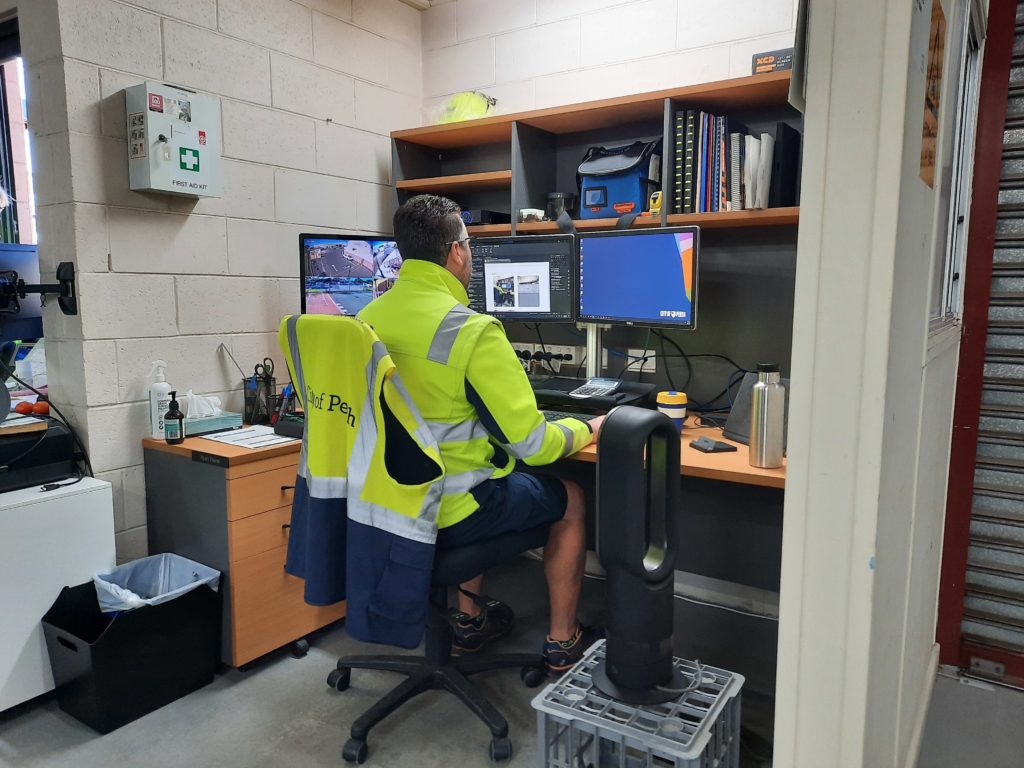How to safely work in heat?
The Work, Health and Safety Act WA (2020) requires local governments (PCBUs) to ensure health and safety, so far as is reasonably practicable, by eliminating hazards and risks.

LGIS members need to consider the actual cost (refer to our protection policy wording) of the following:
In Australia, inflation is growing at its fastest pace in 20 years, the cost of living and increases in construction costs are front page news. The Australian Bureau of Statistics (ABS) has reported that annual inflation had surged to 7.3% in Q3 2022 from 6.1% in Q2 2022 and 5.1% in Q1 2022, surpassing market estimates.
Market movements can significantly impact the tangible assets and business interruption values declared within scheme protections.
Valuations have become a focal point, driven by concerns about declared values adequately capturing market movements as well as loss experiences in cases where loss amounts were well above reported values.
The Work, Health and Safety Act WA (2020) requires local governments (PCBUs) to ensure health and safety, so far as is reasonably practicable, by eliminating hazards and risks.
Local governments are subject to strict legal obligations, including those contained within the State Records Act 2000 (WA), to maintain records created or received in the exercise of their functions.
When considering high risk or high hazard assets, it is important to adopt a proactive approach while managing them. Due to resource constraints, property risks are commonly managed in a reactive manner after an incident, near miss, or workplace inspection by a regulator or LGIS.
Inflationary factors such as changes in construction costs, increase in labour charges, supply issues and increased equipment costs all have a material impact on the values that are required to be declared.
During these times, we are seeing continued strength for damaged and salvaged vehicles. This is causing salvage values to rise, which is impacting the overall amount of vehicles that are deemed a total loss that may have been borderline in previous years. These salvage figures are used in the assessors calculations when determining if the vehicle is a write off, or not.
It is crucial that members understand the impact inflation may have on their scheme programs.
If you have not reviewed and updated values, this could result in your values being inaccurate and impacting you in a claims event.
With continuing changes in material costs, labour shortages and supply issues there has been a significant amount of discussion regarding changes in construction costs. This has seen varied and diverse information regarding changes in costs over the last 18 months. Each industry has been affected differently. Whilst you may consider increasing declared values with general indices such as Consumer Price Index (CPI), given the policy responds to your specific assets, this could expose you to the unnecessary risk of over or underestimating values.
Accumulated savings forced by the pandemic along with government incentives and stimulus saw construction projects increase significantly over the past two years.
The main inputs to a construction project can be split into three broad categories being:
Each of these categories can impact the costs of construction, and in turn asset values, significantly.
It is no secret that commodity prices including key construction materials have seen significant increases over the last two years. Largely driven by supply chain issues, increasing energy costs (which can contribute over 30% of the costs involved with manufacturing of some materials) and increased demand, particularly in the residential building sector, has seen the cost of key building materials such as steel and timber increase substantially.
Labour is often the largest component (typically makes up 50% of project costs) of a building/repair contract price. Coupled with reduced workforce availability via COVID-19 restrictions, The National Skill Commission (NSC) most recent Skills Priority List found that 42% of technician and trade occupations are currently in shortage, compared to an overall 19% shortage across all assessed occupations.
The construction industry has been particularly affected by ongoing shortages of materials and labour. Organisations are experiencing a skills shortage leading many to offer pay rises that are more than double the rate of inflation, just to retain the workers they currently have.
While inflation driven by the price of construction materials is apparent, with contractors and sub‐contractors still chasing highly skilled staff for major projects, we are yet to see the full potential impact of labour cost.
Whilst it is easy to focus on physical structures such as buildings, it’s important to remember that plant, machinery and contents assets form an integral part of local government’ asset base.
Plant and equipment assets have not escaped the impact of inflation; in fact some plant and machinery assets have seen an increase of more than 25% over the past 12 months.
With a significant amount of plant and machinery assets being procured from outside of Australia from countries such as China, the US or across Europe, the inflationary and cost environment of these countries can have a significant impact on the cost of an asset.
A number of metrics are used to track shipping costs, one of which is the Drewry World Container Index (WCI). Spikes in early 2021 were followed by surges throughout Q2 and Q3 2021. This has dropped since February 2022 with the latest WCI composite index of $6,628 per 40-foot container 36% below the peak of $10,377 reached in September 2021 but still 84% higher than the 5-year average of $3,594.
With 28 of the 50 biggest ports in the world (by handling capacity) in China, the recent lockdowns have created ongoing bottlenecks with significant backorders leading to ongoing demand, long delays and lead time blow-outs continuing unabated.
When calculating your values, it’s important to consider what the impact of COVID-19 was on the base financial data you are using. Ask yourself questions like:
We recommend that you update the declared values of your assets where needed to account for increases caused by inflation, or to capture other changes to your values since you last reported them.
LGIS members should discuss an appropriate approach with their account manager.

LGIS receives approximately 1,300 claims on average each year; for the past five years, of those the vast majority are common law claims.

A decade’s long partnership between LGIS and the Royal Life Saving Society of WA (RLSSWA) has delivered benefits to the entire WA local government sector – but work still needs to be done to make sure that audit recommendations are actioned to keep aquatic centres safe.

The City of Perth engaged the LGIS injury prevention team
to evaluate workstations of a group of employees at their depot to make sure they were comfortable, safe and less likely to injure themselves.
LGIS is the unifying name for the dedicated suite of risk financing and management services for WA local governments, established by the WA Local Government Association in conjunction with JLT Public Sector (part of the Marsh group of companies). LGIS is managed by JLT Public Sector (ABN 69 009 098 864 AFS Licence 226827).
Risk Matters, via this website, is designed to keep members, their staff and elected members informed on topical risk management and insurance issues and LGIS programs and services.